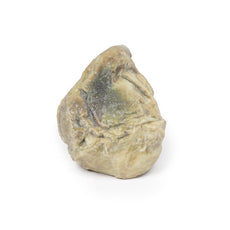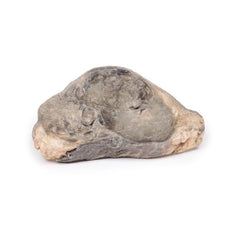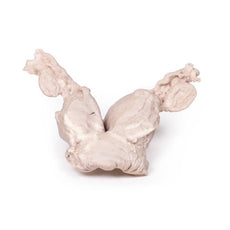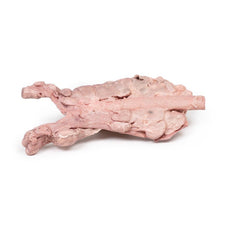Your shopping cart is empty.
3D Printed Rheumatic Endocarditis
Item # MP2039Need an estimate?
Click Add To Quote

-
by
A trusted GT partner -
FREE Shipping
U.S. Contiguous States Only -
3D Printed Model
from a real specimen -
Gov't pricing
Available upon request
3D Printed Rheumatic Endocarditis
Clinical History
The patient was a 52-year old female with increasing dyspnoea. She gave a past history of
fever with flitting joint pains in childhood following a sore throat. On examination: cyanotic, pulse showed
atrial fibrillation, jugular venous pulse elevated, pan-systolic murmur at apex, hepatomegaly, and dependent
oedema. She was being treated with digoxin, lasix (furosemide) and penicillin
3D Printed Rheumatic Endocarditis
Clinical History
The patient was a 52-year old female with increasing dyspnoea. She gave a past history of
fever with flitting joint pains in childhood following a sore throat. On examination: cyanotic, pulse showed
atrial fibrillation, jugular venous pulse elevated, pan-systolic murmur at apex, hepatomegaly, and dependent
oedema. She was being treated with digoxin, lasix (furosemide) and penicillin but died after cardiac arrest.
Pathology
The specimen is that of a heart opened to show the left atrium and left ventricle. The mitral valve
has been cut, but those visible parts show significant thickening. The left atrial wall shows deposition of
blood and fibrin. The left auricular appendage is filled with blood clot, caused by atrial fibrillation. The
mural thrombus on the atrial wall is in the typical site:- the deep layers of the endocardium forming irregular
thickenings, called MacCallum’s plaques (arrows).
Further Information
In this patient, the history of fever and joint pains following a sore throat is very
suggestive of a history of rheumatic fever. Rheumatic fever is an inflammatory disease that can involve the
heart, joints, skin, and brain. Typical symptoms include fever, multiple painful joints, involuntary muscle
movements (chorea), and occasionally a characteristic non-itchy rash known as ‘erythema marginatum’.
Rheumatic fever may occur 2-4 weeks following an infection of the throat by the bacterium Streptococcus pyogenes.
If the infection is left untreated (with pencillin), rheumatic fever occurs in up to three percent of people.
The underlying mechanism is believed to involve the production of antibodies against a person‘s own tissues
(autoimmune disease). Due to their genetics, some people are more likely to get the disease when exposed to the
bacteria than others. Other risk factors include malnutrition and poverty, occurring more commonly in low to
middle income countries and particularly in Indigenous communities.
The heart is involved in about half of
the cases. Damage to the heart valves, known as rheumatic heart disease (RHD), usually occurs after repeated
attacks (carditis) but can sometimes occur after one. Carditis can progress to chronic rheumatic heart disease,
usually affecting cardiac valves. The mitral valve is the most commonly affected valve, with fibrosis leading to
mitral valve stenosis and this specimen highlights the thickening of the mitral valve. Stenosis is thought to
occur due to Aschoff nodules, which are granulomatous lesions with a central area of fibrinoid necrosis and
surrounded by an infiltration of autoreactive T cells. The Aschoff nodules also contain ‘giant cells’, which are
thought to be some type of degenerative connective or endothelial tissue.
Stenosis may progress through the years and as it worsens, the left atrium will become increasingly dilated. Consequentially, atrial fibrillation may develop and mural thrombi can be formed. Further, tight mitral stenosis can result in severe cardiac failure.
Download: Handling Guidelines for 3D Printed Models
Handling Guidelines for 3D Printed Models
GTSimulators by Global Technologies
Erler Zimmer Authorized Dealer
The models are very detailed and delicate. With normal production machines you cannot realize such details like shown in these models.
The printer used is a color-plastic printer. This is the most suitable printer for these models.
The plastic material is already the best and most suitable material for these prints. (The other option would be a kind of gypsum, but this is way more fragile. You even cannot get them out of the printer without breaking them).The huge advantage of the prints is that they are very realistic as the data is coming from real human specimen. Nothing is shaped or stylized.
The users have to handle these prints with utmost care. They are not made for touching or bending any thin nerves, arteries, vessels etc. The 3D printed models should sit on a table and just rotated at the table.






























































































